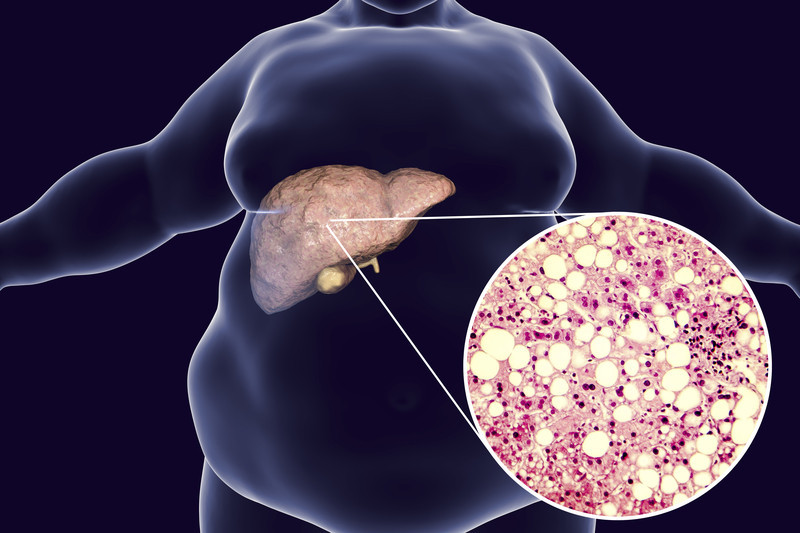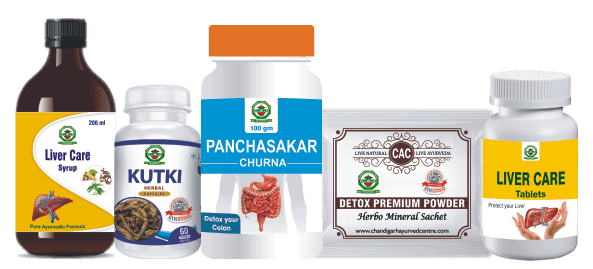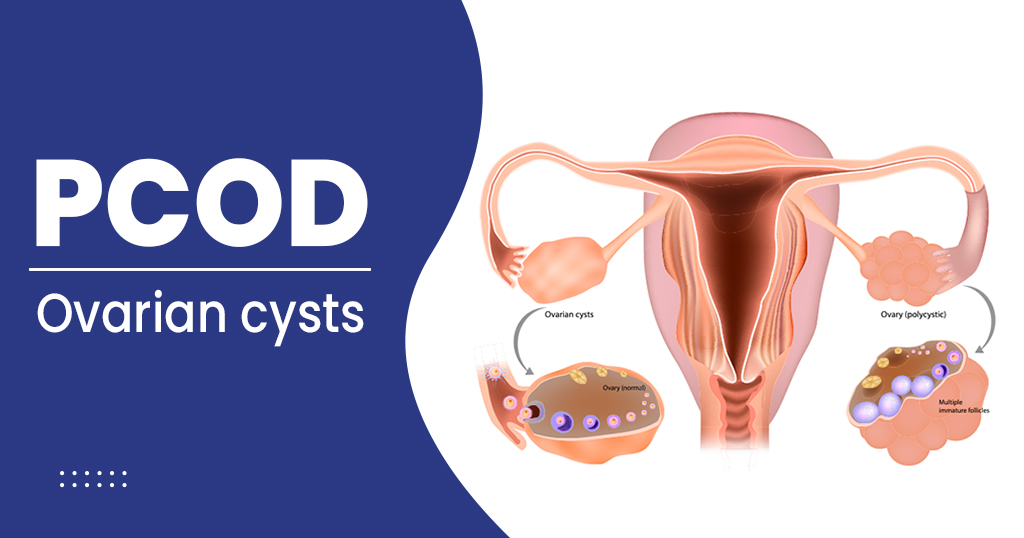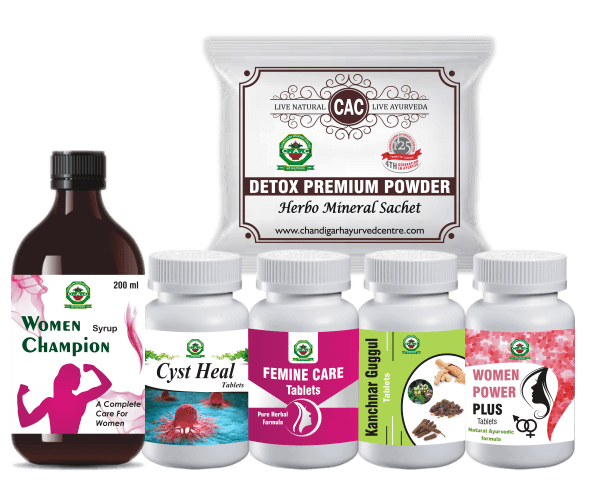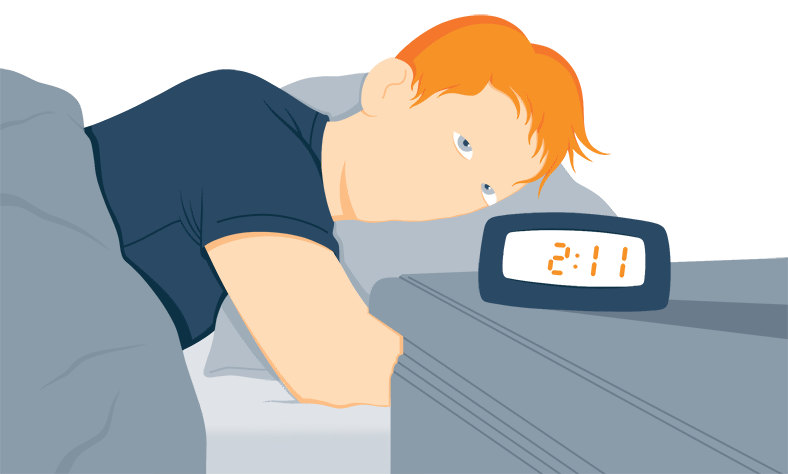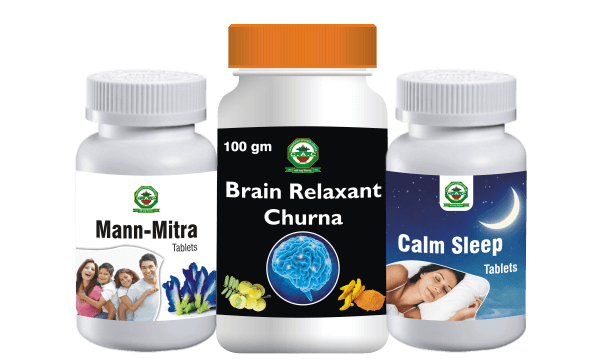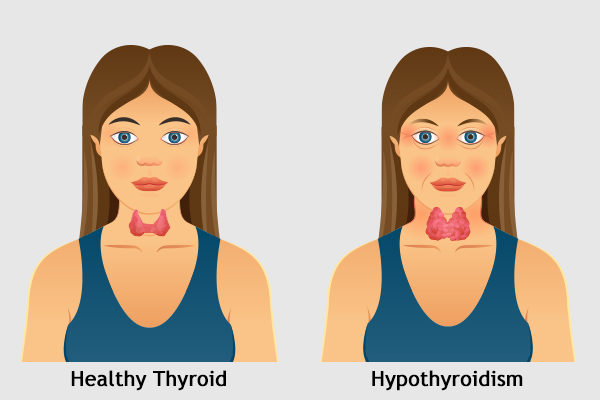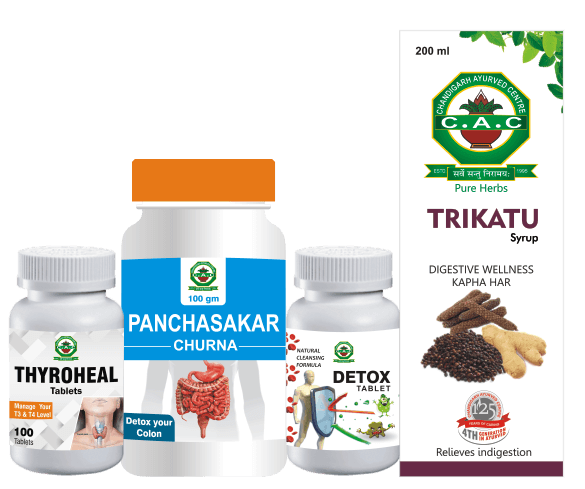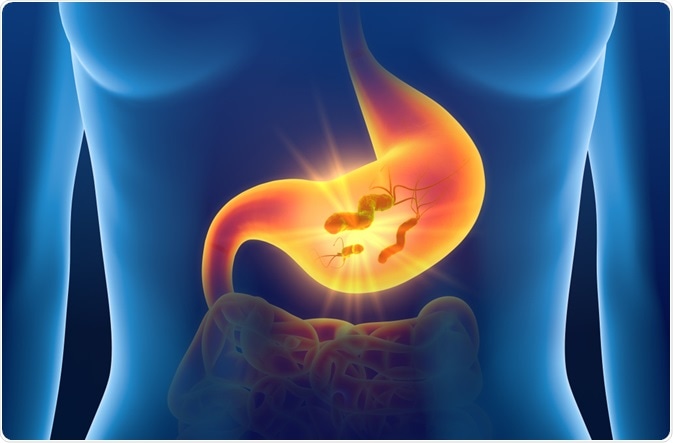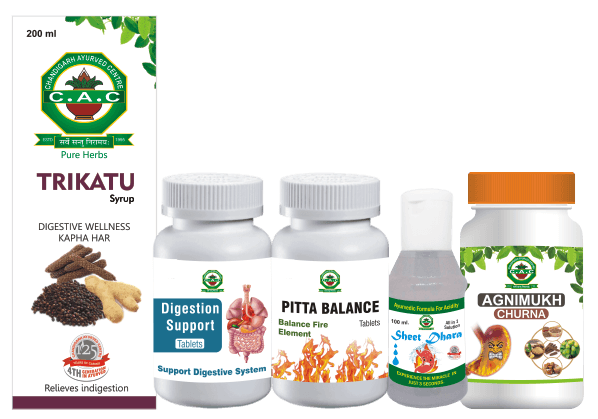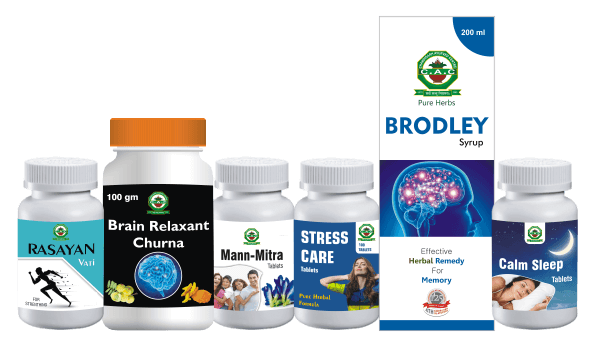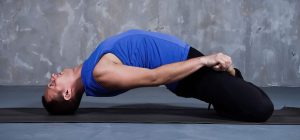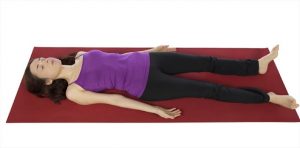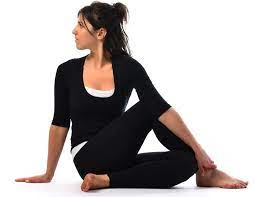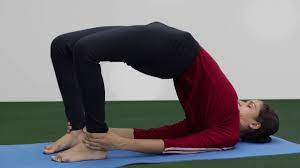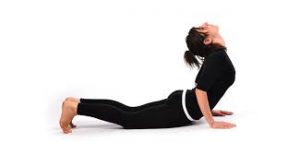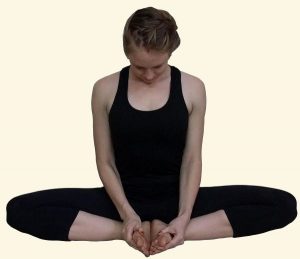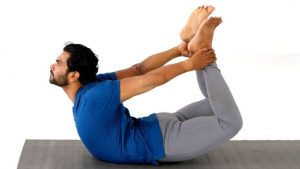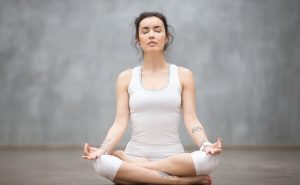Understanding organ Liver: Liver is the largest gland inside the body. Liver is the center of metabolism. Liver secretes all the essential digestive enzymes that aid healthy digestion. It is very essential for fat metabolism hence also the common site for fat accumulation. It is the organ of detoxification. It is also a storage organ for storing vitamins, proteins and carbohydrates. It is the factory for clotting factor and plasma protein such as albumin. And it performs various functions.
What is fatty Liver?
Fatty liver defines as abnormal accumulation of the fat or triglycerides inside the liver cells. The process of fat accumulation is called steatosis and is reversible. Fatty liver occurs when fatty content in the liver extends more than 5%. In some people fatty live is accompanied with inflammation of the liver and liver cell death called as steatohepatitis. Fatty liver is hard to detect because its symptoms are not noticeable easily. Fatty liver can be of two types:
- Alcoholic Fatty Liver
- Non-alcoholic fatty liver
Reasons behind Fatty liver:
- Overweight or obesity
- Lack of physical exercise
- Poor lifestyle
- Heavy alcohol drinking
- Insulin resistance or type 2 diabetes
- Metabolic syndrome (insulin resistance, high blood pressure, high triglyceride levels)
- Certain medications like steroids, tamoxifen, diltiazem etc
- Exposure to some toxins
- Certain infections like hepatitis C etc
- Middle aged or older
- Females are more prone
- genetics
How Patient with Fatty Liver Presents?
Normally a person with fatty liver often have no symptoms until the disease progress to liver cirrhosis. A person comes with the complaints such as:
- Pain in abdomen
- Feeling of fullness in the upper right side of the abdomen
- Loss of appetite
- Nausea and vomiting
- Weakness
- Upset gut
- Yellow discoloration of the skin and white part of the eye
- Fatigue and tiredness
- Mental confusion
- Rapid weight loss
- Itchy skin
- Enlargement of breast
- Swelling of the legs
Diagnostic criteria:
- Ultrasonography
- CT scan
- Liver biopsy
- Fibro Scan
- Liver function test
Management of the fatty liver with modern medicines:
Modern medicines do not provide any complete cure for the disease. Only symptomatic treatment and lifestyle management helps a little like:
- Lipid or cholesterol lowering agents like statins, bempedoic acid, bile acid sequestrants, Ezetimibe etc. But again these medications do not reversed the change
- Lifestyle changes like uptake of reduced amount of total and saturated fats in the diet, weight reduction exercises or running, eating plenty of fruits and vegetables, staying hydrated.
- Anti-diabetic medications like metformin etc
- Intake of omega 3 fatty acids and vitamin E, vitamin D
- Nicotinic acid to control the high cholesterol
- Nutritional supplements like soy protein, garlic, plant stanols and sterols etc
Ayurveda on Fatty liver:
According to Ayurveda, liver or Yakrit is the seat of pitta dosha and Agni (fire). Pitta has hot potency and handles the metabolism and biochemical reactions that produces heat and energy for normal functioning of the body. on the other hand Kapha dosha has cold potency and stabilized in nature. When there is excessive rise in kapha dosha, it has tendency to suppress pitta dosha. Hence balancing the kapha dosha along with pitta dosha is required to treat Fatty Liver.
Managing Fatty liver with Ayurveda:
- Vaman (therapeutic emesis)
- Utsadan (application of kapha reducing pasteon the body)
- Upvasa (fasting)
- Pachana dravya (katu, tikta rasa and hot potency drugs to digest Ama (toxins)
- Some Ayurvedic herbs to haridra (turmeric), aloe vera, Bhumi amla (Phyllanthus niruri), Punarnava (boeharavia diffusa), kutki etc
Managing fatty liver with Chandigarh Ayurved Centre:
1. Detox Premium Powder:
As the name suggests this herbal powder helps in overall detoxification of the liver. This herbal powder contains ingredients such as giloy satv, shukta pishti, parval pishti, kamdudha ras, gandhak rasayan, etc. It reduces pain, swelling, abdominal pain, & abdominal swelling.
Recommended Dosage: Take 1 sachet twice daily with normal water.
2. Liver care tablet:
Liver Care tablet help in balancing Pitta dosha. These tablets stimulate the growth of new liver cells, promote functions of liver, and improve blood flow from the liver. It helps in the treatment of fatty liver, liver cirrhosis, Hepatitis, hepatomegaly, and obstructive Jaundice. Liver Care Tablets contains Ingredients like Kalmegh (Andrographis paniculata), Kutaki(Picrorhiza kurroa), Bhumi amla( phyllanthus niruri), Giloy(Tinopora Cordifolia), Yavakshar( Hordeum vulgare), Imli Kshar( Tamarindus indica), Mukta Shukta pisti etc. It helps in removing fats from the liver cells & keeps your liver healthy.
Recommended Dosage: Take 1 tablet twice daily with normal water.
3. Kutki Capsules:
Kutki capsules are a pure herbal extract of Kutki herb whose main function is to balance Vata and pitta doshas. It helps in the removal of harmful toxins from the body. Kutki capsules of CAC show great results in the case of liver diseases, purify the blood, and treats respiratory disorders. It maintains the overall digestive system and useful in various diseases like abdominal distension, ascites, constipation, etc. it has anti-inflammatory properties, also reduces the stiffness of joints.
Recommended Dosage: Take 1 capsule twice daily with plain water.
4. Panchasakar Churna:
As the name suggests five ingredients are used for the preparation of this herbal churna. The ingredients such as shunthi, shatapushpa, balaharitaki, saindhavan lavana, & swarnapatri are used for removing toxins from the body. The abdominal pain, swelling, loss of appetite, fatigue, etc related to fatty liver are treated.
Recommended Dosage: Take 1 teaspoonful at bedtime with lukewarm water.
5. Liver Care Syrup
Liver Care Syrup is a herbo-mineral Syrup which is purely ayurvedic formulation. CAC Liver Care syrup helps in balancing Pitta dosha. This Syrup enhances regeneration of liver cells, promote functions of liver, and improve blood flow from the liver. It helps in the treatment of fatty liver, Liver cirrhosis, Hepatitis, hepatomegaly, and obstructive Jaundice.
Recommended dosage: take 2 tablespoon morning and evening after meal


